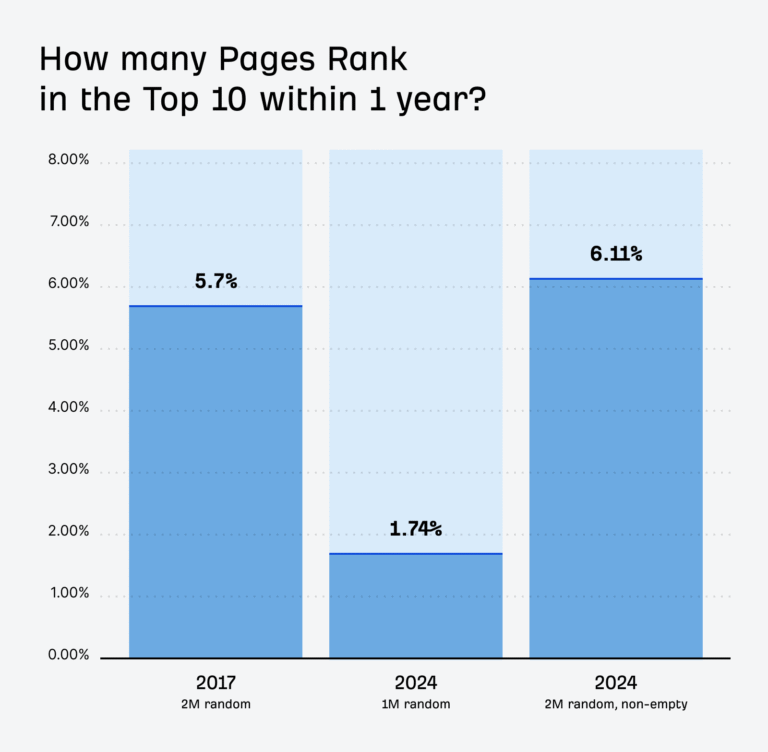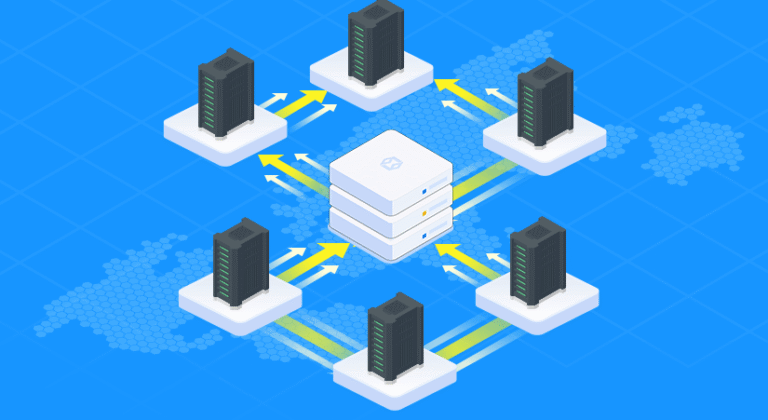
A major undersea infrastructure initiative is underway in East Asia as a consortium of global technology and telecommunications companies, including Amazon Web Services (AWS), Microsoft, and Singtel, have partnered with Japanese tech giant NEC Corporation to construct the Asia United Gateway East (AUG East) submarine cable system.
The new high-capacity cable, stretching approximately 8,900 kilometers, will connect key economies across the region – linking Singapore with Brunei, Indonesia, Malaysia, the Philippines, South Korea, and Taiwan. Completion is projected for the third quarter of 2029.
The development is a strategic response to surging demand for high-speed, low-latency connectivity driven by cloud computing, artificial intelligence, and digital transformation across Asia Pacific. As the backbone of global data infrastructure, submarine cables are critical to enabling cross-border digital services, and the involvement of hyperscale cloud providers such as AWS and Microsoft underscores how foundational network capacity has become for the modern enterprise tech stack.
AWS and Microsoft’s participation signals a continued investment in regional cloud expansion, enabling their platforms to meet the rising need for distributed compute and storage in latency-sensitive applications, including AI model training and inference. With enterprises increasingly reliant on cloud-native architectures, robust undersea connectivity is no longer optional – it’s mission-critical. Both companies have previously made significant infrastructure investments in Asia, and their participation in AUG East reflects a growing emphasis on controlling the performance, security, and reliability of the physical networks that underpin their services.
Submerged Optical Fiber Technologies
Singtel, one of Asia’s largest telecom providers, is leading the AUG East initiative through its long-standing expertise in submarine cable strategy and deployment. “The creation of robust, high-capacity digital infrastructure is more crucial than ever due to the region’s growing need for high-speed connection and the bandwidth required for AI innovation,” said Alan Tan, Director of Submarine Cable Planning at Singtel and Chair of the Asia United Gateway Cable Management Committee. He added that the system is designed to strengthen the digital corridor between Singapore and Japan, both of which are major hubs for data traffic and cloud services in the region.
NEC Corporation, the lead contractor on the project, brings significant technical expertise in fiber-optic submarine cables and has a track record of delivering similar projects in Asia. “We are honored to be chosen as a partner for this important project, which will support increasingly bandwidth-intensive applications driven by data centers and AI,” said Tomonori Uematsu, Corporate Senior Vice President at NEC. The system will utilize cutting-edge submerged optical fiber technologies, including high-count fiber pairs that dramatically expand bandwidth capacity.
The AUG East system is being designed with not just performance but also resilience in mind. Earthquakes and other natural disruptions are common risks in undersea cable operations in the region. This new network aims to improve redundancy and enhance the overall reliability of the region’s digital backbone. It will work alongside existing systems to meet the region’s growing data needs while also ensuring failover support when legacy cables are compromised.
Global Data Traffic from AI Applications
Beyond hyperscalers and telecom giants, the consortium includes ARTERIA Networks, Chunghwa Telecom, DREAMLINE, Globe Telecom, Telekom Malaysia, and Unified National Networks. The combined resources and geographical reach of these firms suggest that AUG East could serve as a new standard for regional collaboration in critical infrastructure development.
The timing of the project is also aligned with projections indicating that global data traffic from AI applications will surpass that of traditional workloads by 2031. Meanwhile, Asia Pacific remains the world’s most aggressive investor in digital and AI capabilities, according to industry analysts. This makes long-term infrastructure like AUG East not only strategically important but necessary for maintaining competitive digital economies in the region.
For Singtel, AUG East represents just one part of a broader cable investment strategy. The company has already co-invested in systems like Southeast Asia–Japan 2 (SJC2) and SEA-ME-WE 6, which collectively span more than 195,000 kilometers and connect over 30 countries. With AUG East, Singtel and its partners aim to future-proof the connectivity demands of a fast-accelerating digital world – where bandwidth, availability, and latency will determine who leads in the next phase of AI and cloud innovation.





